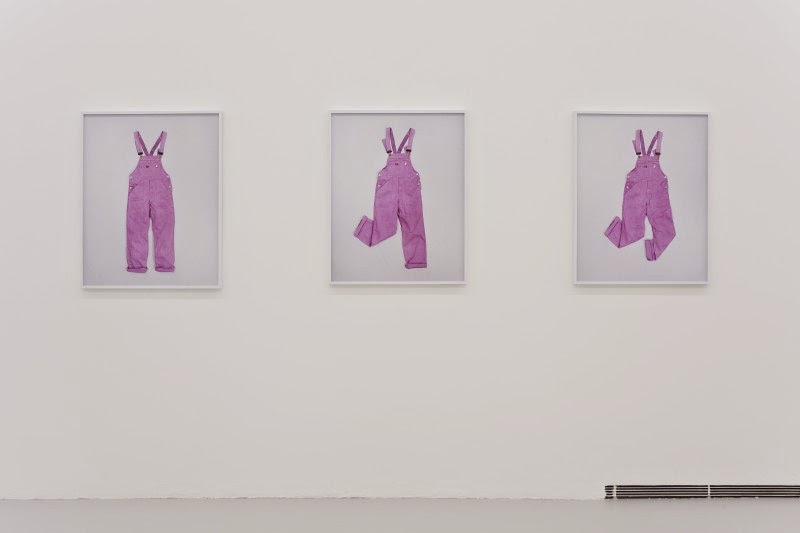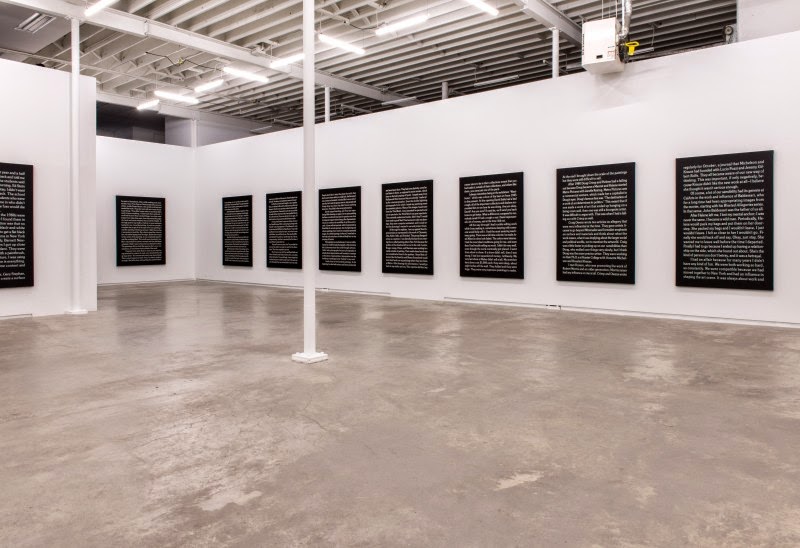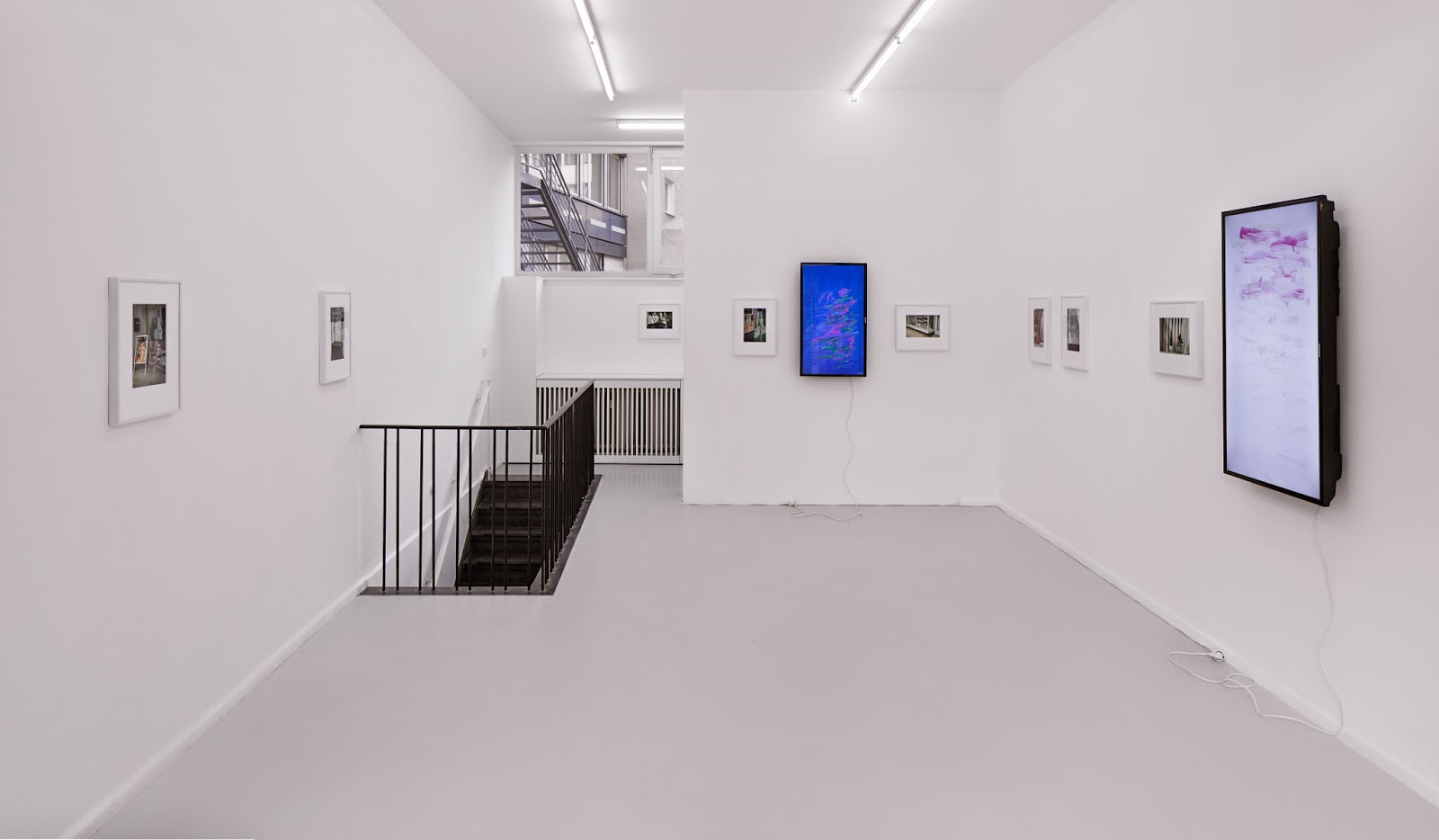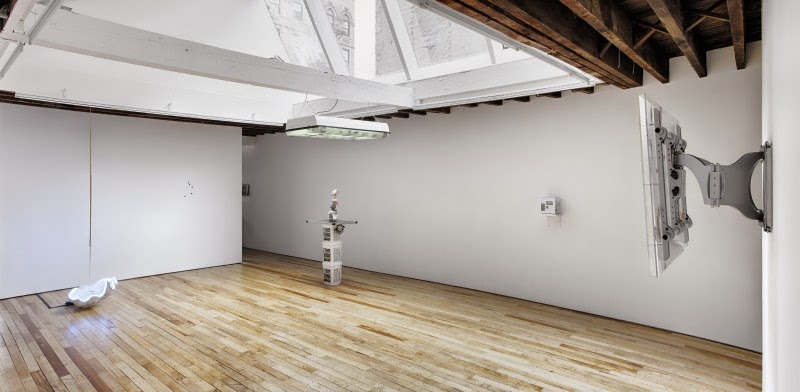Jenny Holzer at Cheim & Reid

The Truisms were always a form of censorship, cliches to terminate thought. Speaking at you, unhearing, they acted as gag, a policing in “sensible” thinking. 2004, in wake of wars, Holzer’s newfound “silence” could be an act of protest, an act of being too sad to tell, a fear of laughing for never being able to stop,* an aphasia through trauma, or tempting psycho-analysis of painting’s historical inability to speak, the repression of flatness and tautologic “it is what it is” existentials. That seems to be what they want, why else would they look “Malevich;” as if to chide painting for its apolitic, for its not speaking.
Interesting though, to see a painting speak. Particularly in such directness, as not an art game, of such violence, of a painting saying: “You can see some marks because of belting even now.”
* "I, for one, don’t, and not because I am depressed, but because I find this historical period largely so laughable that were I to start laughing I am afraid I would not be able to stop. I remember how when high on marijuana my ex-girlfriend would giggle virtually at everything on and on. I never had this kind of extended laughter on the few instances I smoked pot. Yet I am sure that were I to start laughing in my normal state of consciousness, my laughter would certainly surpass hers. As for her, there was no danger of her starting laughing and not managing to stop, dying of it: she did not find present-day societies that laughable. All I ask of this world to which I have already given several books is that it become less laughable, so that I would be able to laugh again without dying of it—and that it does this soon, before my somberness becomes second nature. This era has made me somber not only through all the barbarisms and genocides it has perpetuated, but also through being so laughable. Even in this period of the utmost sadness for an Arab in general, and an Iraqi in specific, I fear dying of laughter more than of melancholic suicide, and thus I am more prone to let down my guard when it comes to being sad than to laughing at laughable phenomena."































